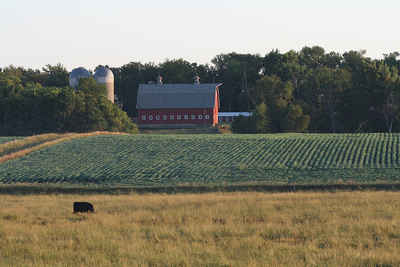Haakon County, South Dakota
Haakon County Education, Geography, and History

Haakon County is a county located in the state of South Dakota. Based on the 2010 census, the population was 1,937. Its county seat is Philip
Etymology - Origin of Haakon County Name
Haakon is named for Haakon VII of Norway.
Demographics:
County QuickFacts: CensusBureau Quick Facts
Haakon County History
Haakon County, organized in 1915, was named for Haakon VII of Norway because of a large number of Scandinavian settlers. Prior to 1914, the area now known as Haakon County formed a part of Stanley County. Because of the enormous size of the county and the great distances to travel, the electors submitted a request to the voters to divide Stanley County. The result of the election was to divide Stanley County into three parts, one to remain as Stanley County with Fort Pierre as the county seat; one to be called Jackson County with Kadoka as the county seat; and Haakon County with Philip as the temporary county seat. The battle between towns for the location of the county seat developed into a lively, although one-sided race. Philip was selected by a large majority at a general election in March 1916.
Geography: Land and Water
As reported by the Census Bureau, the county has a total area of 1,827 square miles (4,732 km2), of which,
1,813 square miles (4,696 km2) of it is land and 14 square miles (37 km2) of it (0.78%) is water.
The county was created in 1914 and organized in 1915, and is named for Haakon VII, who became king of Norway in
1905. It is the only county in South Dakota named for a non-American person and is one of only nine counties in
South Dakota named for persons who did not live in South Dakota (Clay, Custer, Douglas, Grant, Hamlin, Lincoln,
McPherson, and Meade are the other eight). Most of the 66 South Dakota counties are named for early South Dakota
officials or legislators, or for physical features (Fall River and Lake), or are derived from Indian words
(Minnehaha and Yankton), or from counties in other states (Jones and Walworth), with one (Aurora) named for a Roman
goddess, one for an animal (Buffalo), and one (Union) for a concept.
Neighboring Counties
Bordering counties are as follows:
- Ziebach County, South Dakota - north
- Stanley County, South Dakota - east
- Jones County, South Dakota - southeast
- Jackson County, South Dakota - south
- Pennington County, South Dakota - west
Education







